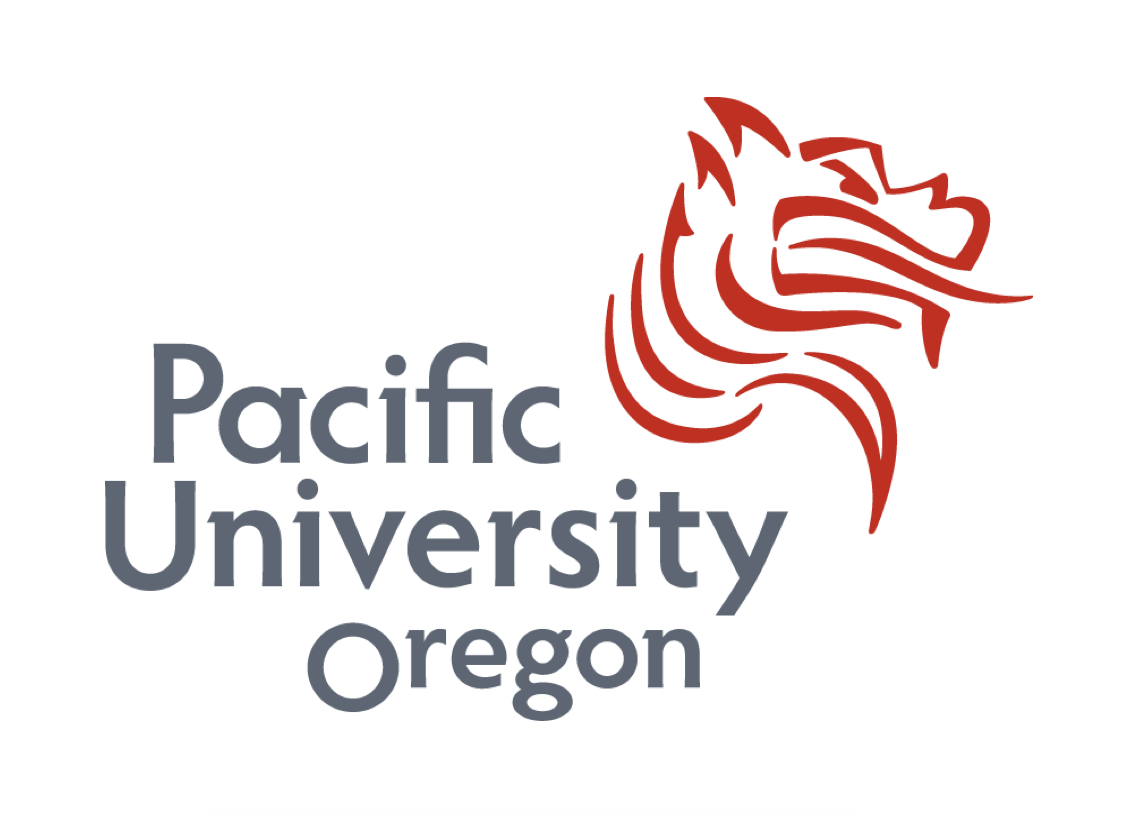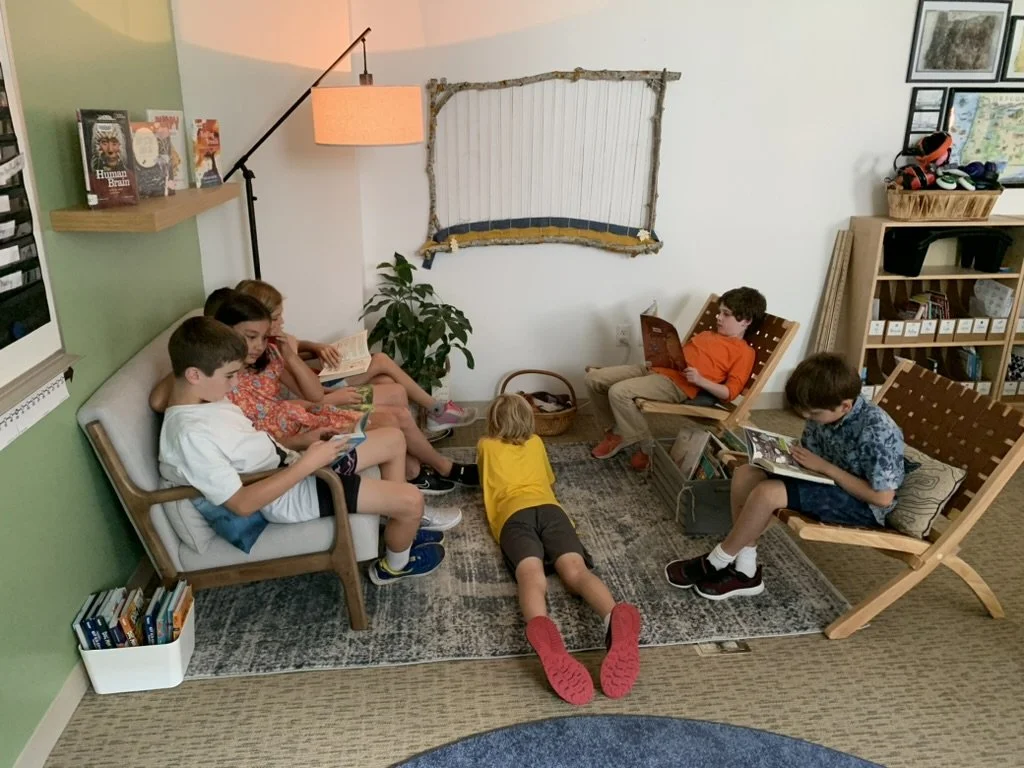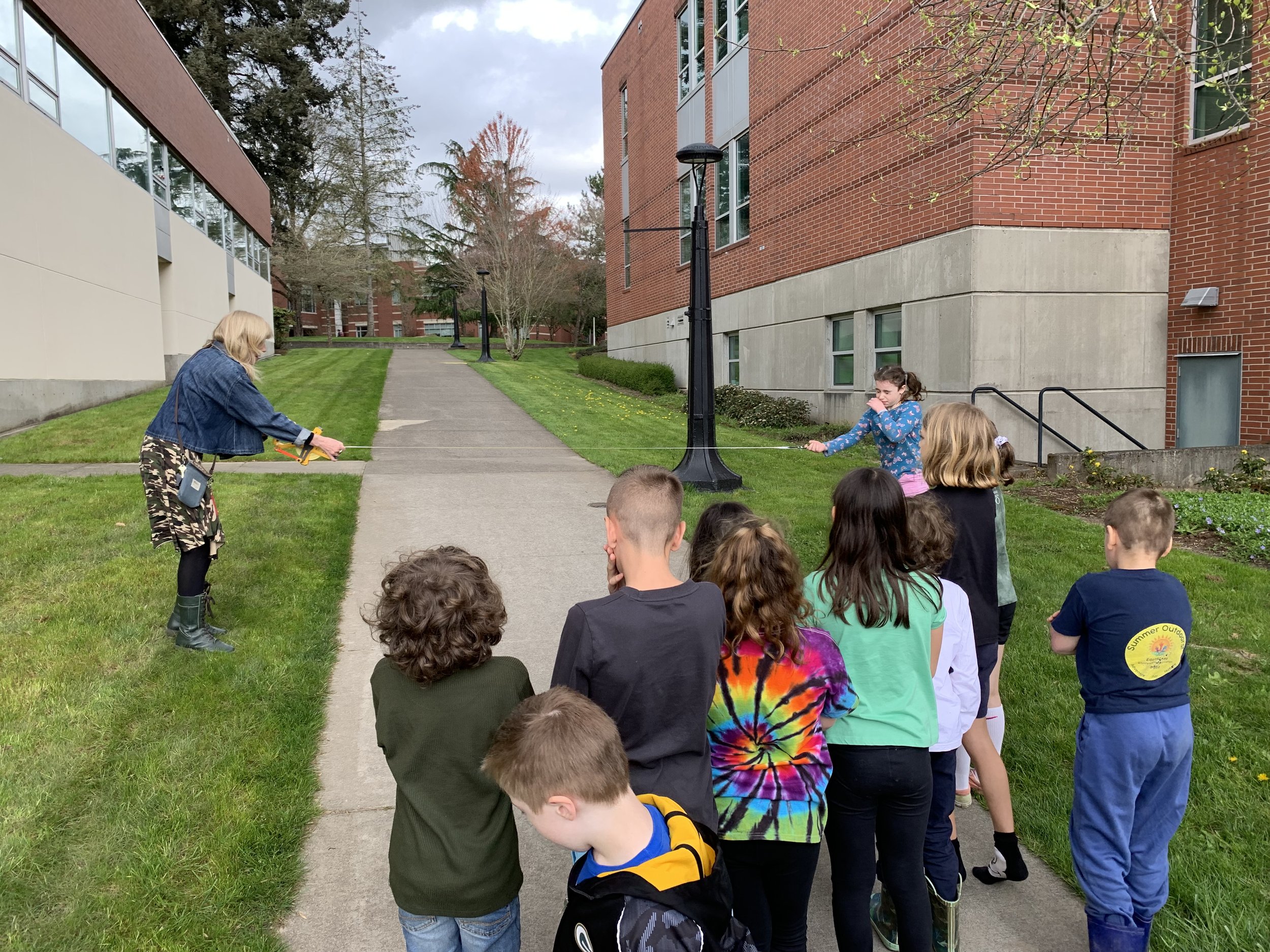The Lewis & Clark Expedition, Poetry, Still-Life Painting and more!
/ Ellie RickettThe Sea Lions have had another busy week full of learning and fun!
As we began our study of the epic journey of Lewis and Clark and the Corps of Discovery, we talked about what it means to be historians. We shared ideas about the responsibility that historians have to tell the whole story, even when it sometimes makes us feel uncomfortable. Harkening back to our study of perspective-taking early in the year, we talked about the importance of seeking to understand multiple perspectives in history in order to be responsible historians.
As we mapped the route of Lewis and Clark, we made a list of the Tribal Nations that had lived on that land since time immemorial. We were surprised to see how many First Peoples knew and loved the United States before Lewis and Clark ever set foot on it.
Then, we worked together to study a list of the items that Lewis purchased for the expedition, working in small groups to consider what the primary purpose of each item was. Then we read excerpts from Lewis’ diary that included letters from Thomas Jefferson and a speech that Lewis gave to Tribal Nations when the Corps arrived on their land. This study helped us to understand more deeply the goals of the expedition. We decided the expedition’s primary goals were to find the fabled Northwest Passage waterway to the Pacific, to claim the Louisiana Purchase and Oregon Country for the United States, to map the land in order to claim it as our own and create a route for other American settlers to move west, to let the Tribal nations know that we now owned the land, and to discover and understand details about the (unknown to Europeans) plants and animals of the west.
Next, we imagined being part of the Corps of Discovery as we mapped their expedition west. We talked about the courage, bravery and determination of Lewis and Clark as leaders of the epic journey. We went outside and measured the length and width of the keelboat (55’ x 8’!) and tried out what it might have felt like to row it. Along the way, we talked about the strong and proud Tribal Nations the Corps met, and how they must have felt seeing the huge keelboat with the cannon mounted to the front. We talked about the life of Sacagawea, her essential role in the success of the journey and how she must have felt given the tragic events of her young life. As we studied each leg of the journey, we watched beautiful videos of the land the Corps trekked across, and we were moved and stunned by the tremendous beauty of the United States. We will finish the Corps’ 8,000 mile journey next week, beginning research papers about key people and events along the way.
We also began the study of poetry this week! Starting with Free Verse, we talked about the importance of considering line breaks and rhythm, noticing that the placement of our words makes a big difference in how a poem is read. Next week we will try our hand at writing Haiku, Acrostic, Limerick and Couplet and will talk more about the use of Figurative language in our poems.
Our study of history included art history as well. We looked at the art form of Still Life, studying the work of Italian painter Giorgio Mirandi. Our study has given us the chance to talk about composition, perspective, scale, color, texture, light and shadow. We started our sketches this week and will add shading and shadow next week.
















































































